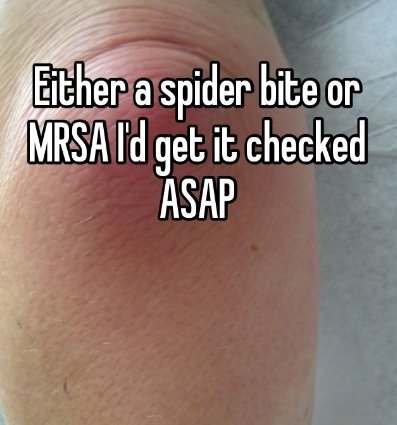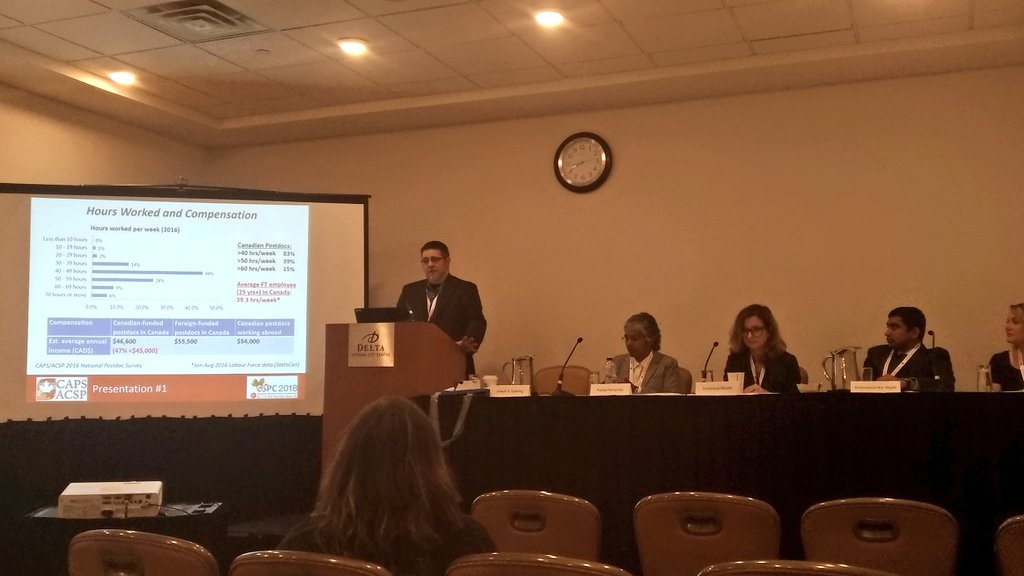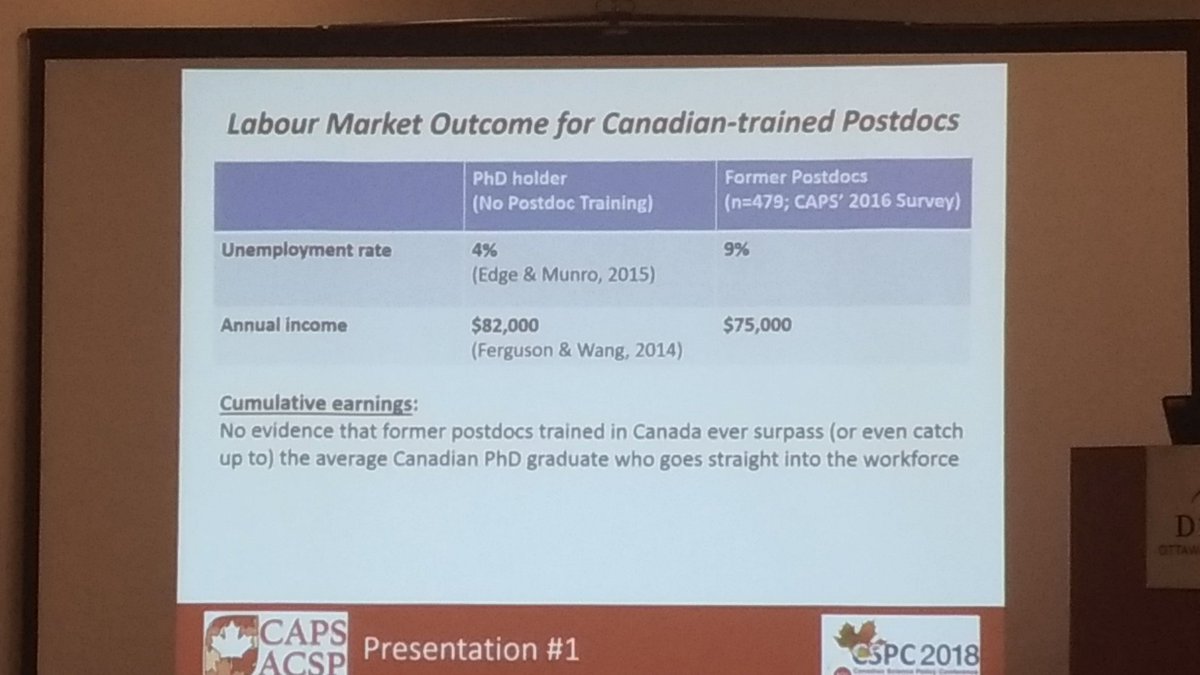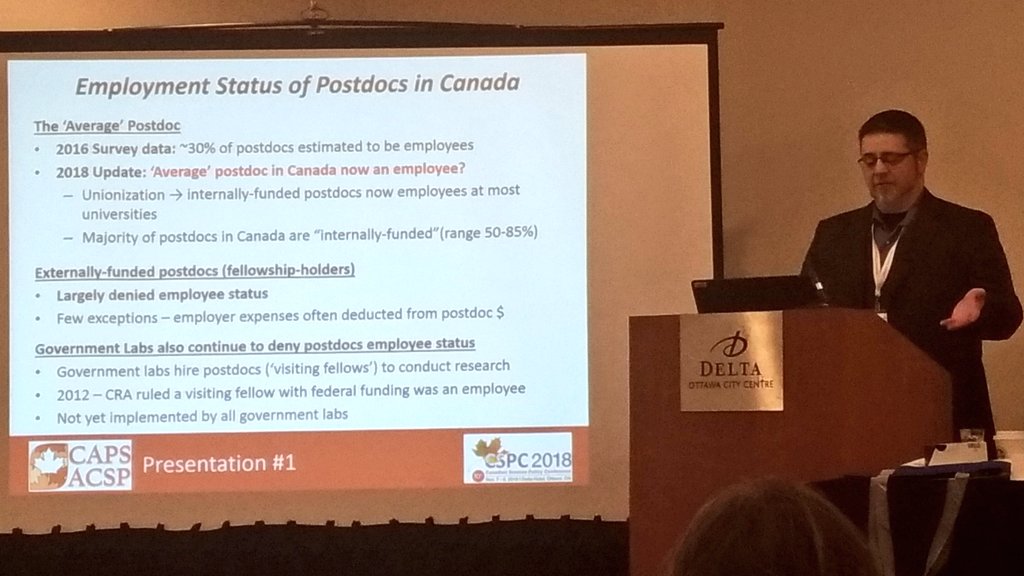Suppose its #tweetorial time to evaluate the evidence supporting, or not, the use of contact precautions (CP) to prevent the transmission and infectious complications of #MRSA
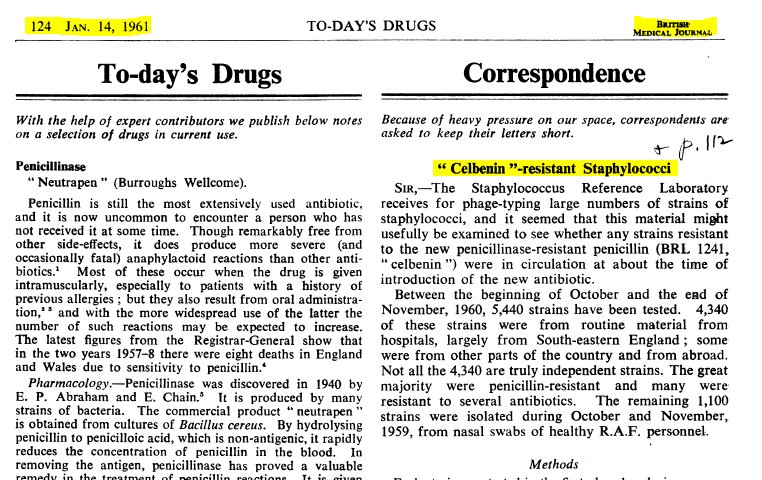
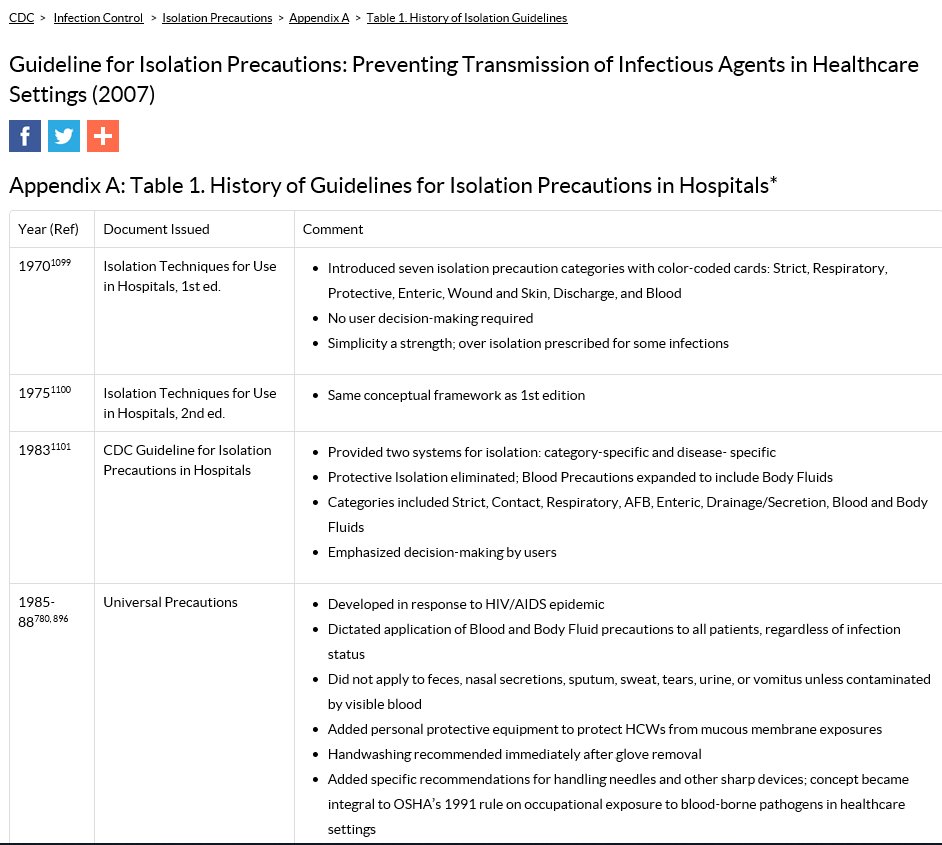
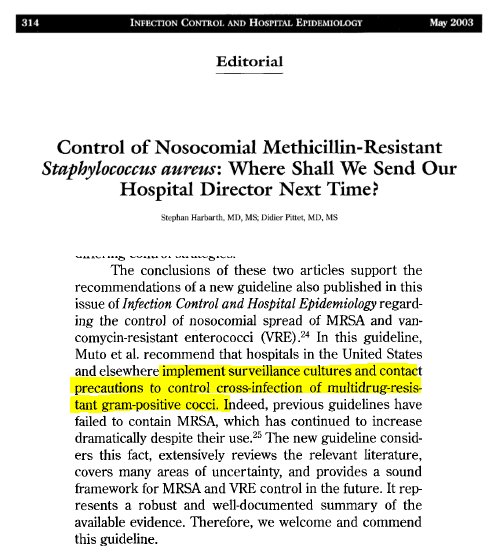
In more recent years, the literature has been less than conclusive that contact precautions does much to combat MRSA

